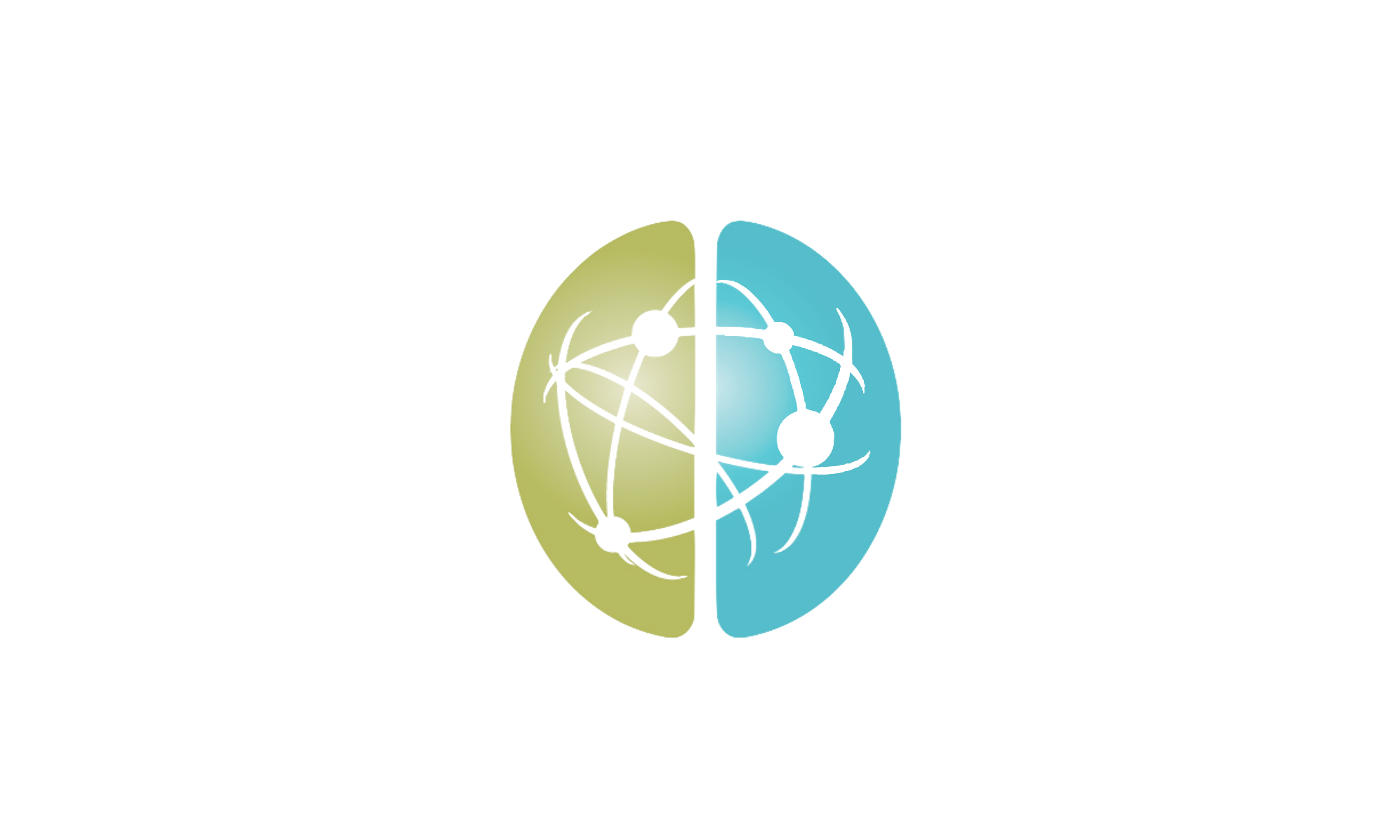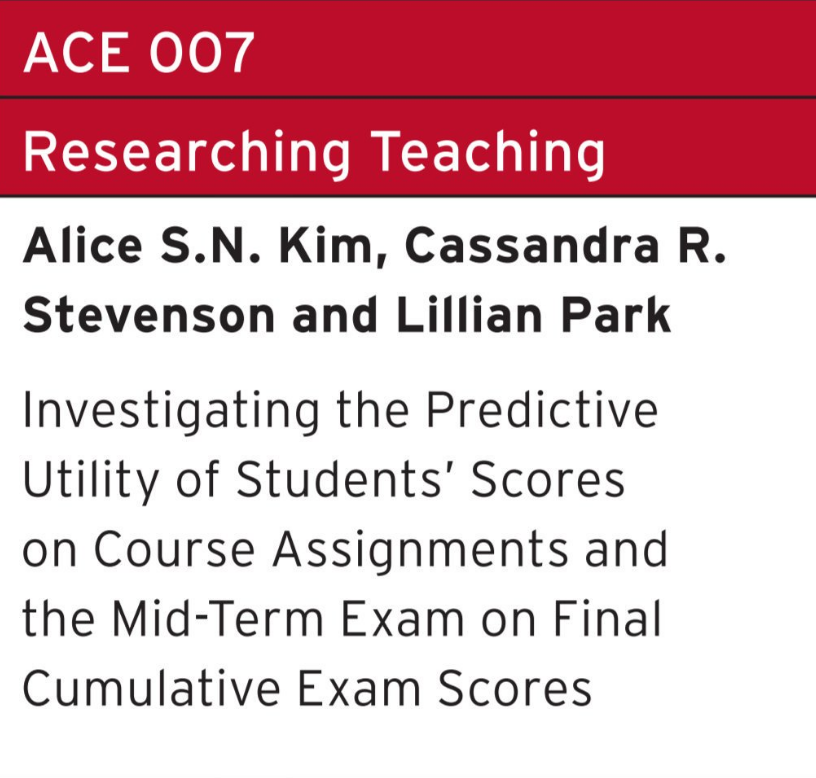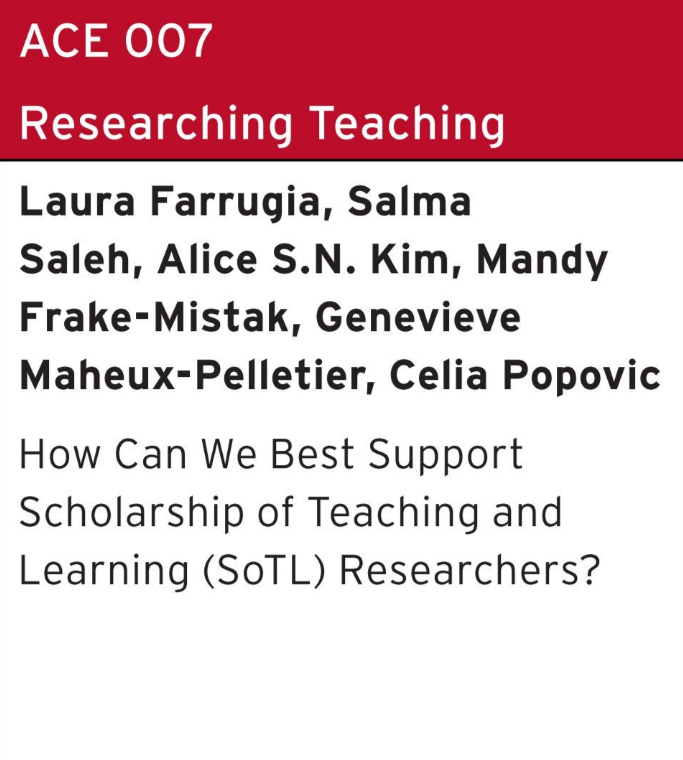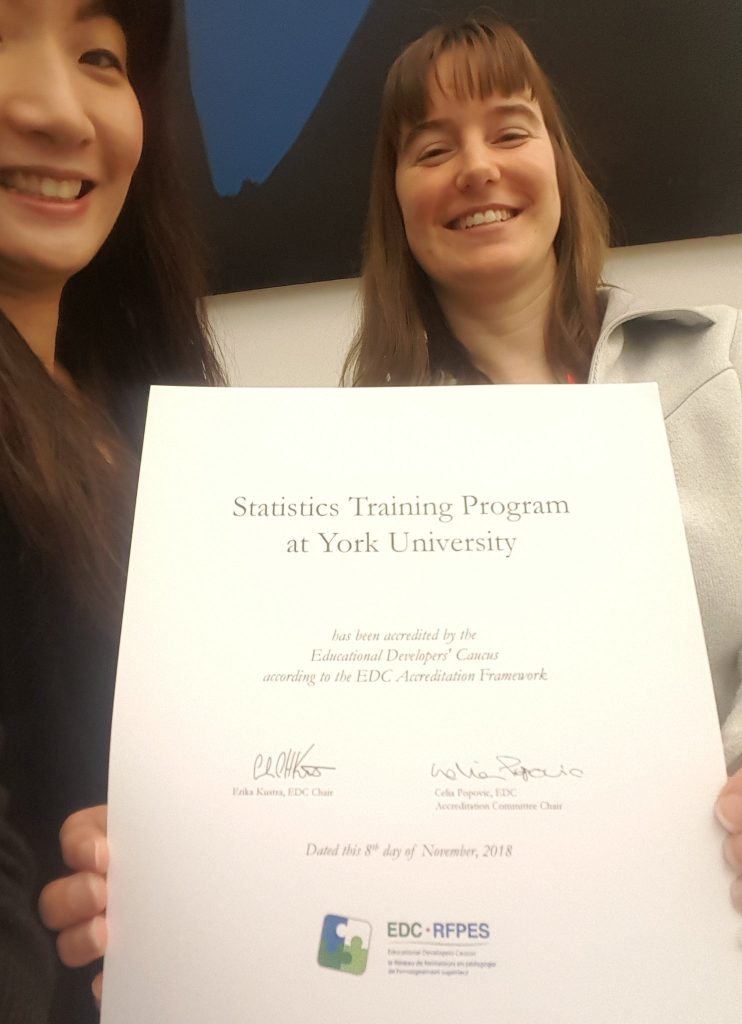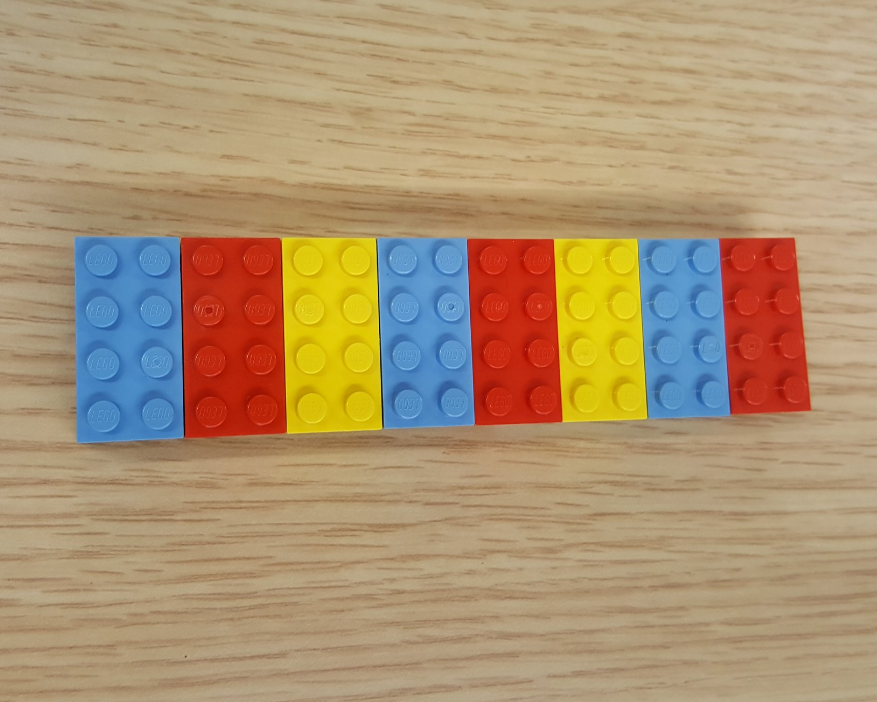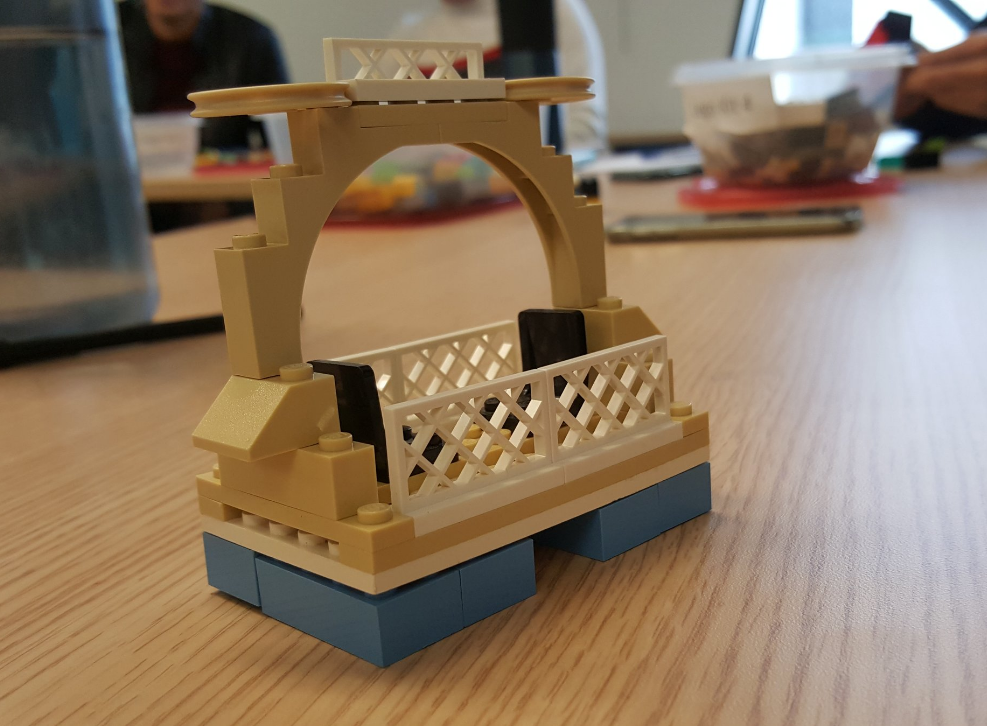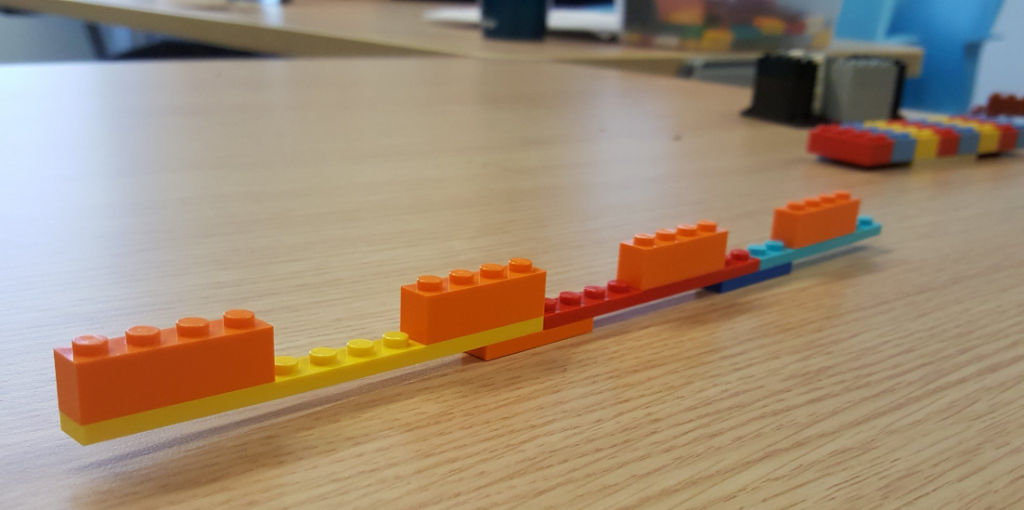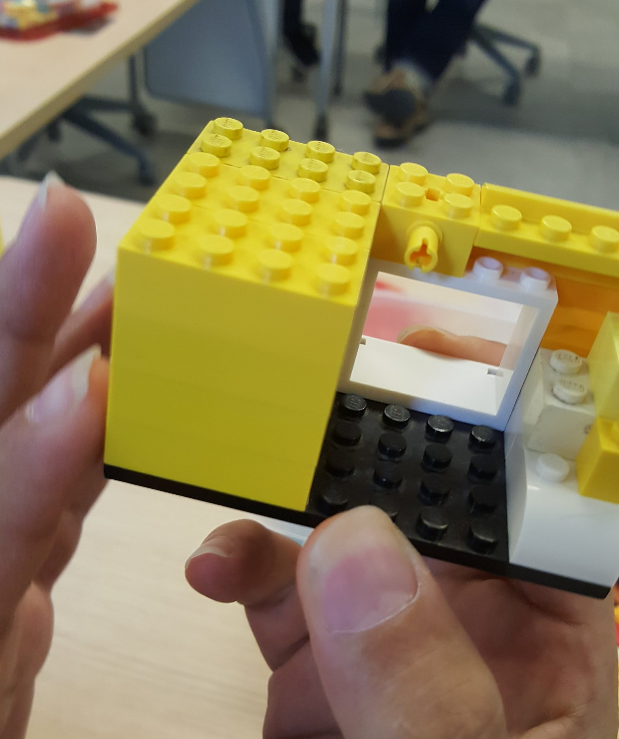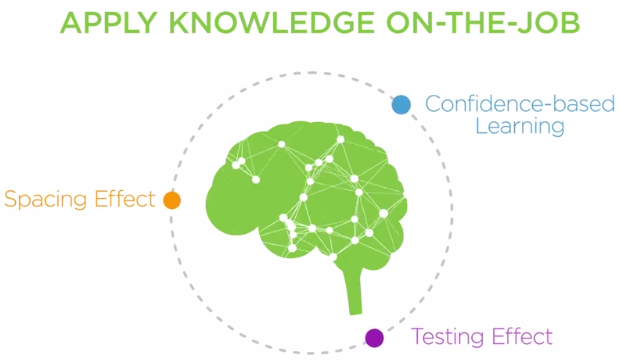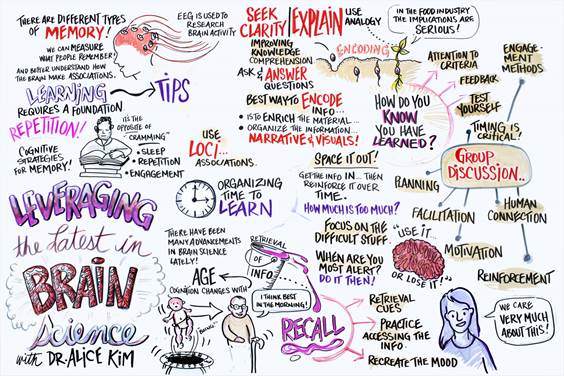
Our paper on the impact of attendance and participation on academic achievement is now available online! Here is a pre-formatted version of the paper.
In this study, we provide evidence demonstrating that it is not enough for students to be physically present in class to do well in a course – students’ engagement in class, not attendance, is predictive of their achievement in the course.
Thanks to all my co-authors – Sharry Shakory, Arman Azad, Celia Popovic and Lillian Park – for a great collaboration!
